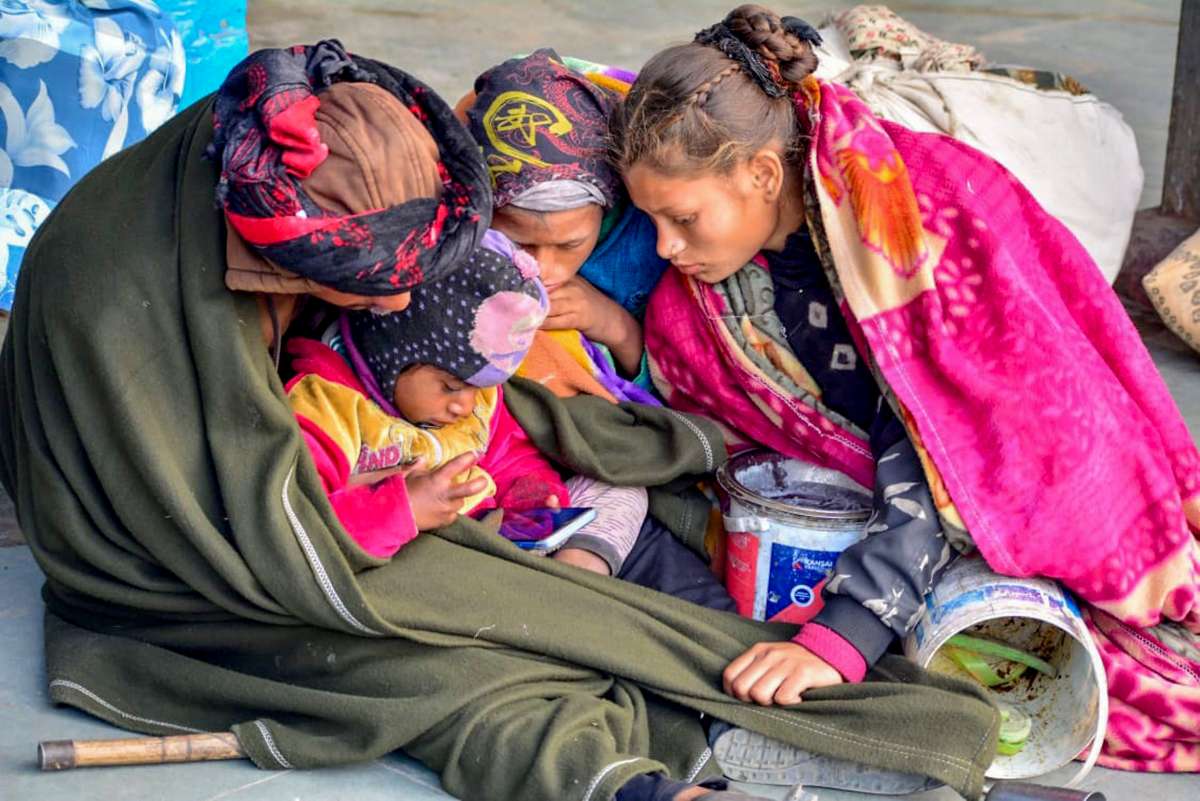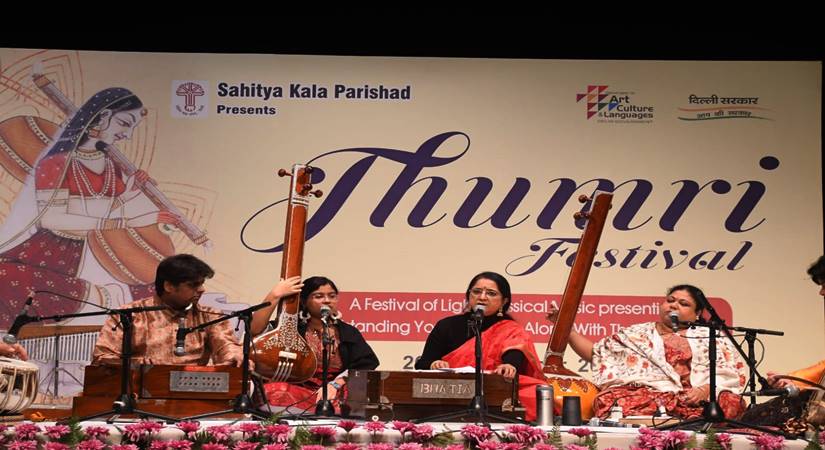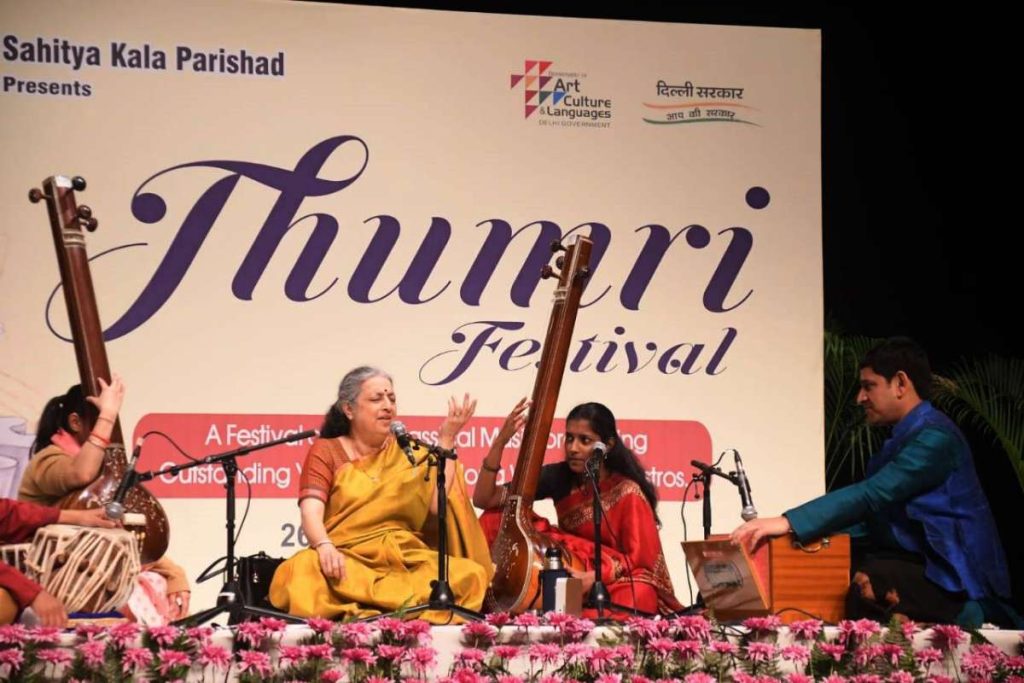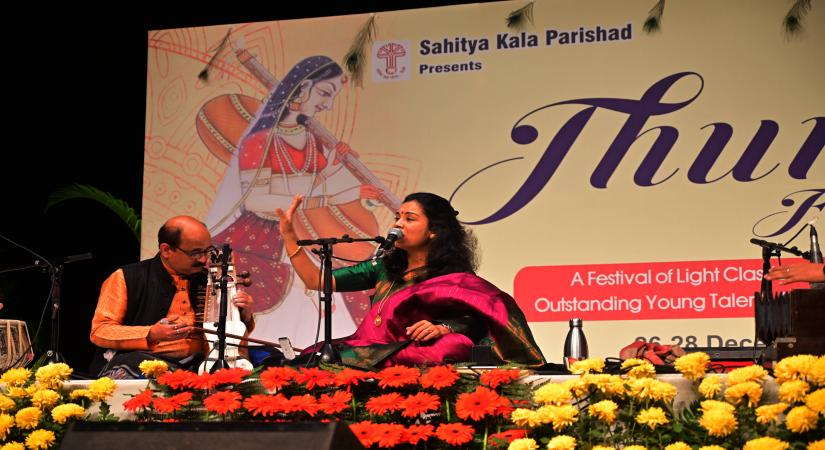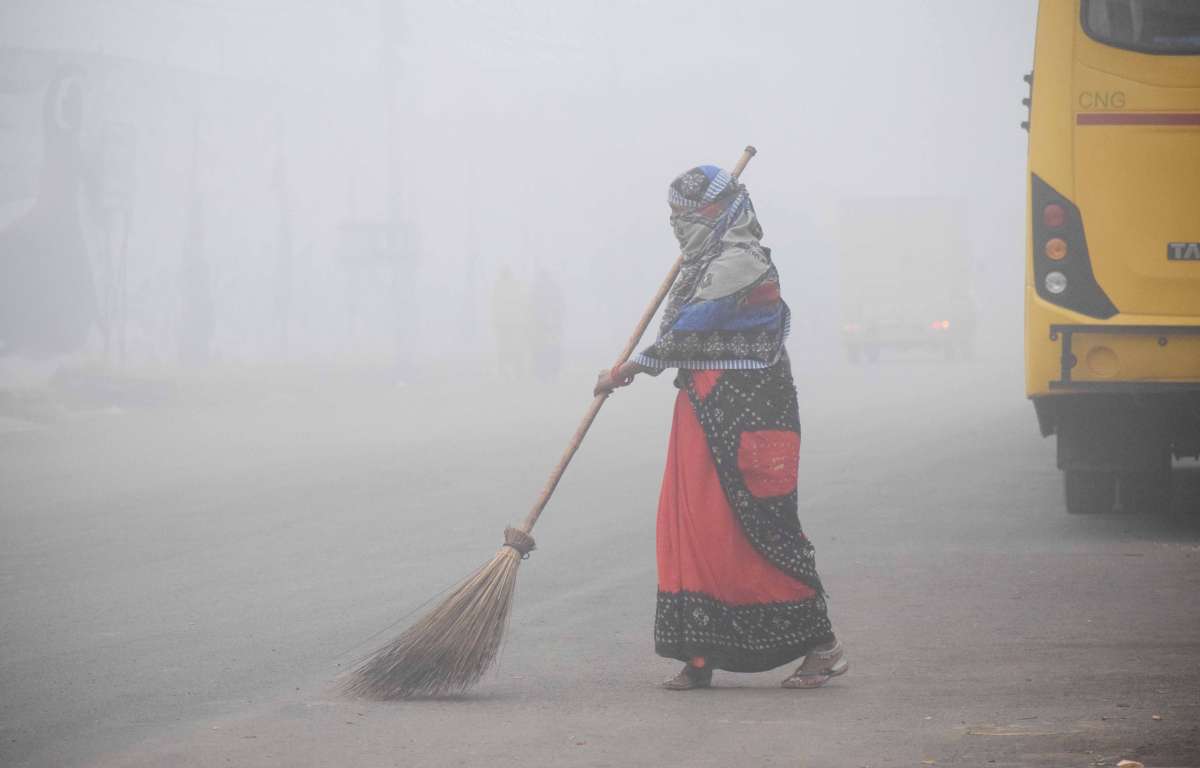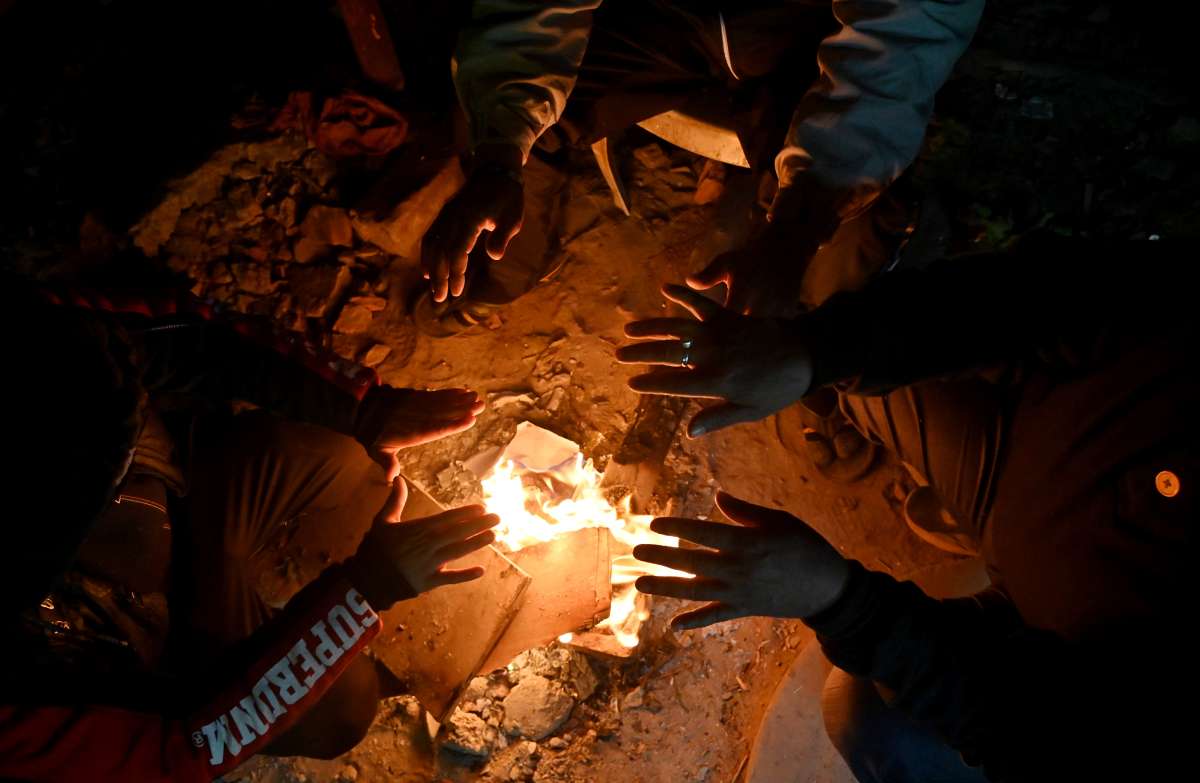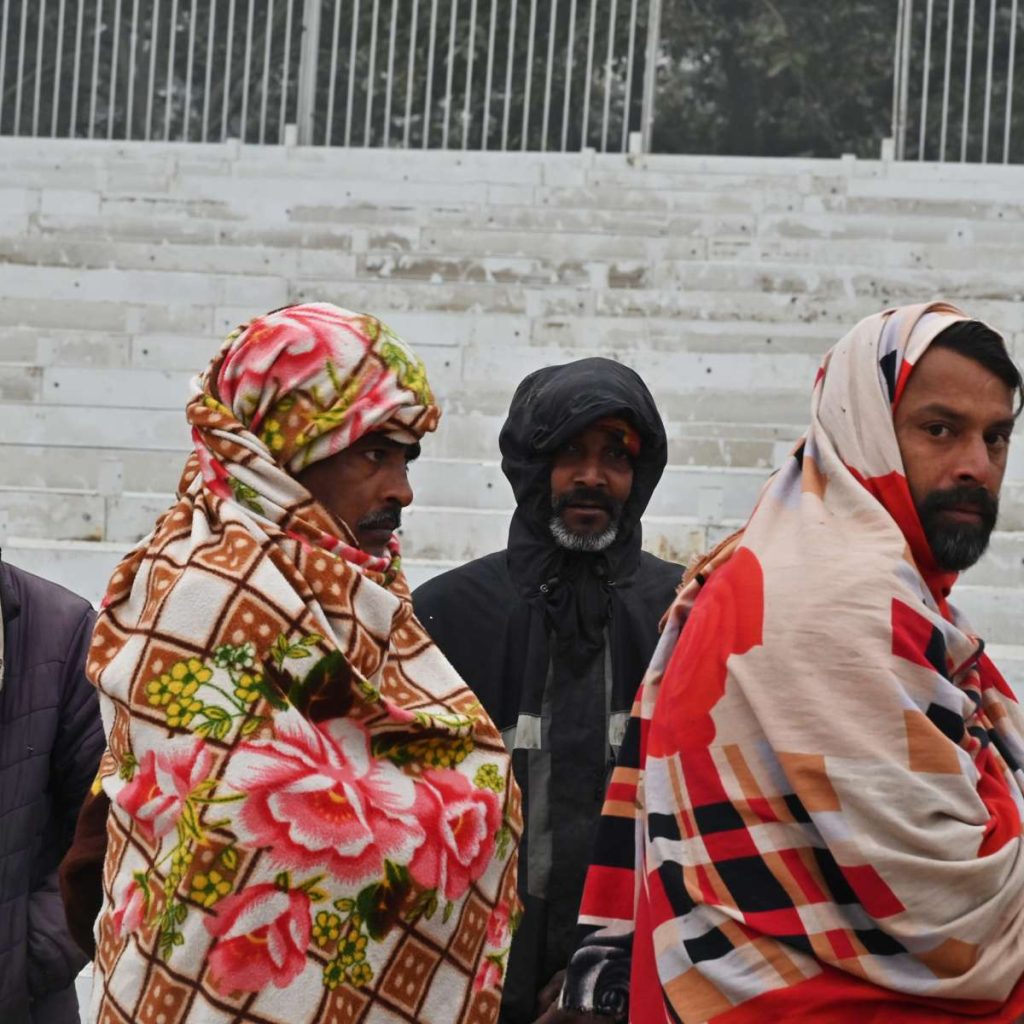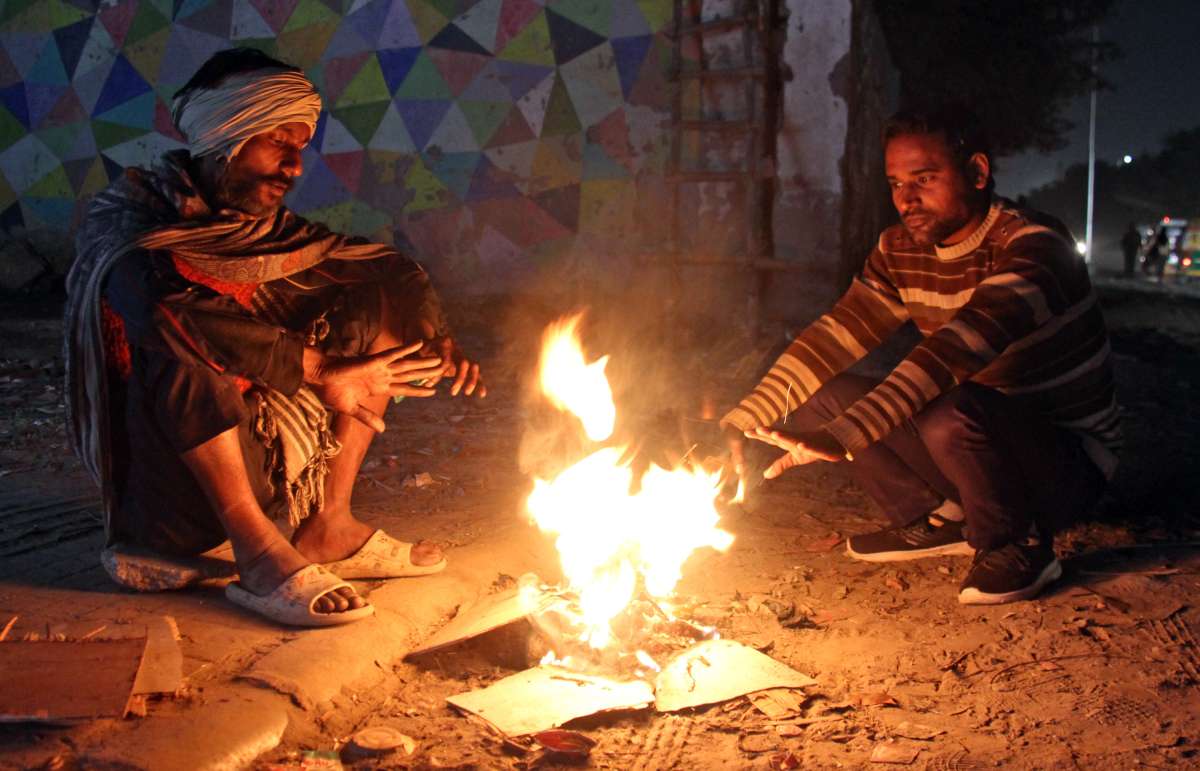The accused used to lure victims on the pretext of sending them abroad by offering approved passports of foreign countries at cheaper rates
Indira Gandhi International Airport (IGI) officials arrested an alleged swindler from Hyderabad Airport involved in a syndicate who used to lure victims on the pretext of sending them abroad by offering approved passports of foreign countries at cheaper rates, police said on Thursday.
The accused has been identified as Sayed Shoukat Ulla (42) resident of Ismile Nagar Hyderabad and he was working as a ticket booking agent.
Two passengers and an agent travelling on fake passports from Malaysian country were arrested earlier. They started cheating innocent people to earn easy money.
“On September 11, 2022, two passengers namely Nilesh Shailesh Bhai Patel and a woman aged 26 yrs both residents of Gujarat arrived at IGI Airport, New Delhi after being deported from Azerbaijan by air carrier Air India Flight and approached for arrival immigration clearance,” Delhi police said.
During scrutiny of travel documents, it was revealed that both duo passengers departed to Dubai, UAE from Mumbai on July 21, 2022 on their Indian Passports.
“Later, they departed from Dubai, UAE to Baku, Azerbaijan via Muskat (transit) on their Indian Passport. But on reaching Baku, Azerbaijan, they produced forged Malaysian passports issued in their names for their entry into Baku which they had acquired fraudulently. The Baku Immigration Authorities returned both passengers to Muskat and after that, they were issued emergency certificates in Muscat, Oman to facilitate their return to India,” Delhi police added.
During the investigation, both above said passengers who were arrested earlier disclosed that their journey to Europe via Azerbaijan was arranged by one Agent Vijay Bhai Patel from Gujarat in lieu of Rs. 40.00 Lakh (20 Lakh for each). Agent namely Vijay Bhai Patel age 52 yrs was also arrested in this case earlier.
During further investigation, it was revealed that the accused Sayed Shoukat Ulla had booked the tickets of both passengers and also paid the booking amount through Google Pay and cash and was also involved in making forged Malaysian passports.
“Accused Sayed Shoukat Ulla age 42 years was absconding and deliberating evading his arrest in said case. The accused Shoukat Ulla Syed was nabbed from Hyderabad Airport as he was planning to abscond Dubai by flight,” police added.
Accused Syed disclosed that he was working as a ticket booking agent and he used to work on a commission basis along with other agents. In this case, he had booked the tickets of both passengers, made their stay arrangements in Dubai and helped in arranging forged Malaysian passports. In lieu of this, he had received a commission of Rs 13 lakhs approximately. He further confessed his involvement in this case and disclosed that he along with his associates started cheating people to earn easy money.
The accused has been booked in FIR No. 372/2022 U/s 419/420/468/471 IPC and 12 PP Act, IGI Airport police station.
Further efforts are being made to scrutinize his bank accounts and to trace their possible involvement in other similar complaints/cases. (ANI)
ALSO READ: Indian Government Blocks Top Cryptocurrency Exchanges


